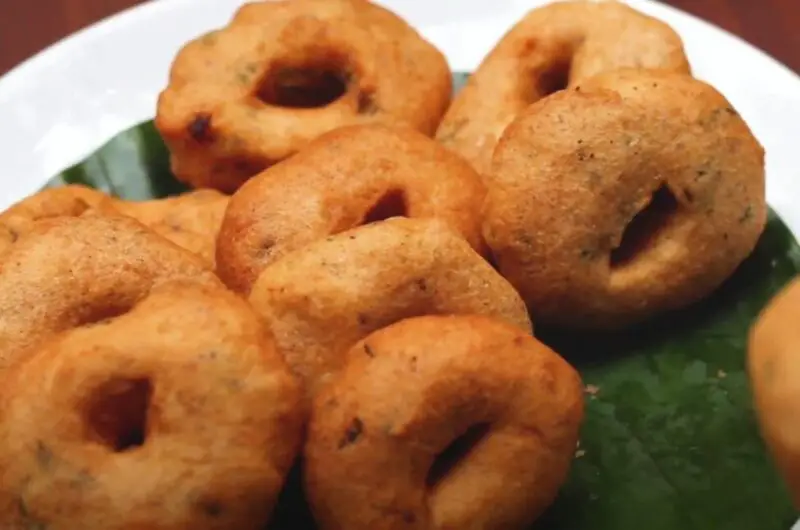My friend Deepali showed me this awesome snack recipe from South India, and it’s become my favorite savory munch. They are called Medu Vada, but I just call them savory doughnuts. They are super crispy on the outside and soft and fluffy on the inside, which is amazing. They are made from lentils, so they are not only tasty but also quite nutritious.
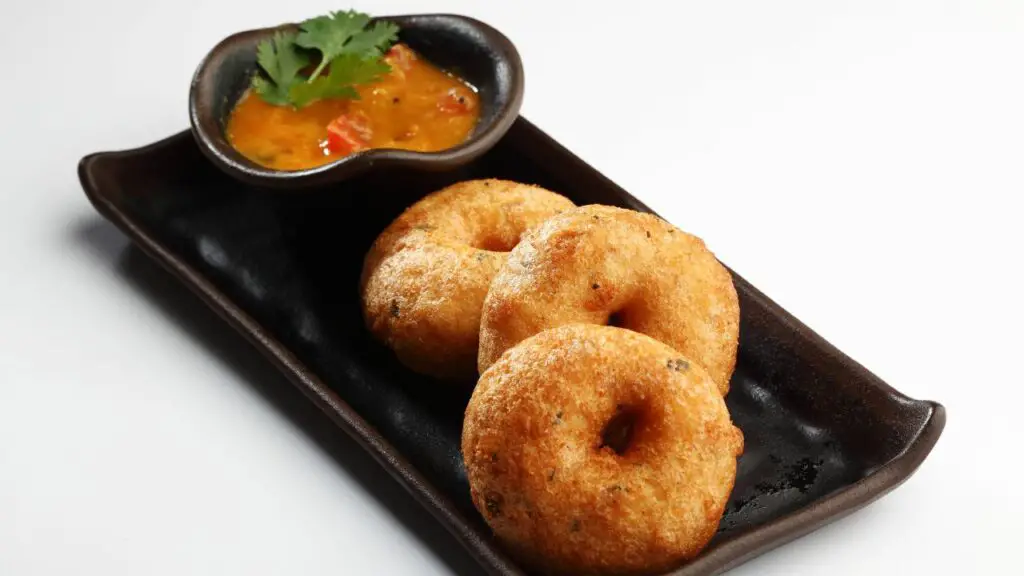
Medu Vada Recipe Ingredients
Would you believe me if I told you that as long as you have lentils and spices at home, you can have freshly made savory donuts whenever you want?
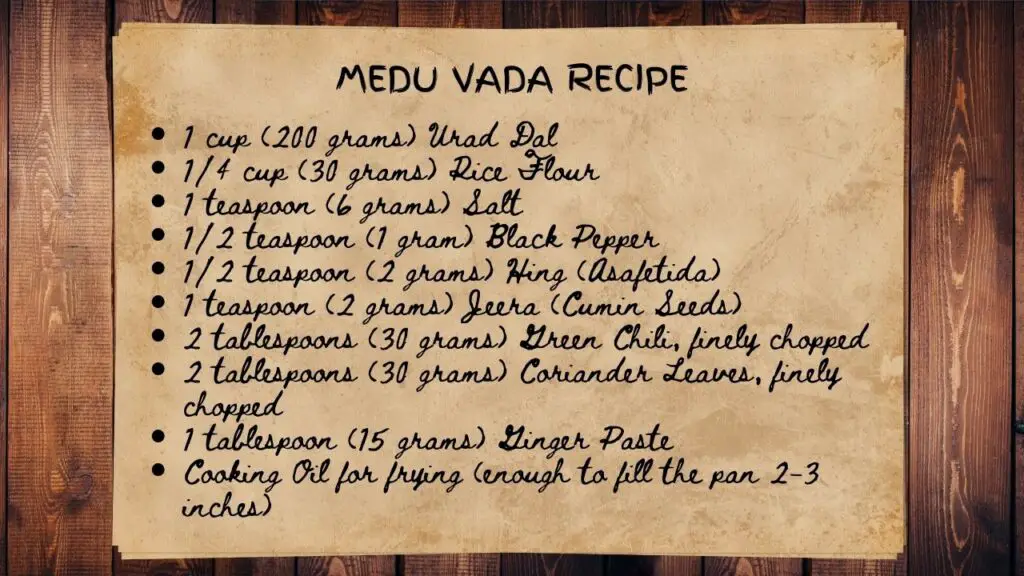
The beauty of this snack is how customizable it is. However, these ingredients below are needed for an authentic, traditional South Indian medu vada.
1. Urad Dal (split black lentils): The most crucial medu vada ingredient in this recipe. Urad dal is a must-have part of South Indian cuisine and is readily available in most Indian grocery stores. It is prepared by splitting and dehusking vigna mungo, a type of lentil.
It has a creamy white color and a neutral flavor, making it versatile enough to match multiple ingredients and flavors.
TAP ON IMAGE TO CHECK PRICE
2. Rice Flour: You can make medu vada without rice flour, but the dough can be more challenging. Adding a small amount of rice flour can make urad dal paste more manageable and compact, which can help it retain its shape as you form it.
TAP ON IMAGE TO CHECK PRICE
3. Salt and Pepper: The bare minimum seasoning you need to go further! Ideally, you will use more than just salt and pepper, but you can stick to these basics if you’re sensitive to most flavors.
4. Hing: Also called asafetida, it is a savory and pungent spice commonly used in Asian cuisine. Its strong scent fades away after cooking, and it leaves behind a delicious flavor that enhances savory dishes. Hing gives this dish its authentic Indian taste, but you can skip it if you don’t like the smell.
TAP ON IMAGE TO CHECK PRICE
7. Jeera: Jeera is nothing more than dried cumin seeds. For the recipe, it is best to have the cumin seeds whole rather than ground into powder to give the medu vada a slight bite. Flavor-wise, they add a touch of savory and aromatic zest.
TAP ON IMAGE TO CHECK PRICE
5. Green Chili: They add a tangy, sharp flavor and the most minuscule spiciness. You can always opt for a spicier type of chili if you want to take the heat up to eleven!
6. Coriander: You can add coriander leaves (also known as cilantro) to give the medu vada a green and fresh touch. However, some people can’t stand the taste of cilantro, so it’s okay to avoid it if it’s not your favorite herb.
8 Ginger Paste: If you like your donuts to have a dash of heat and zing, ginger paste is what you need. You can also opt for grated or chopped ginger according to your tastes, but the paste can help the flavor spread more evenly throughout the dough.
Here is the Step-by-Step Guide How to Make Medu Vada

This medu vada recipe is incredibly easy! You can have mouth-watering, savory donuts within minutes. And the best part? You can customize them however you want!
The steps Deepali taught me are foolproof and yielded the best results, so allow me to break them down for you.
1. Prepare the Urad Dal Overnight
Rinse one cup of urad dal in cold water and let it soak overnight. If you can’t do it the night before, ensure you can soak them for at least four hours.
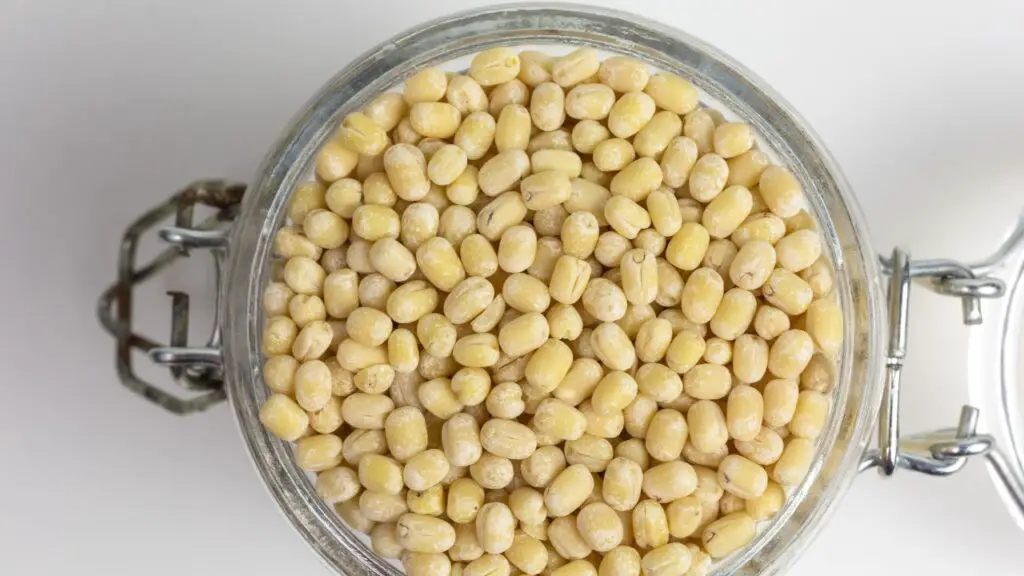
Afterward, you will notice the lentils absorbed the water, increased in size, and turned soft and smooth—that means they’re ready! Use a strainer to drain out as much water as possible.
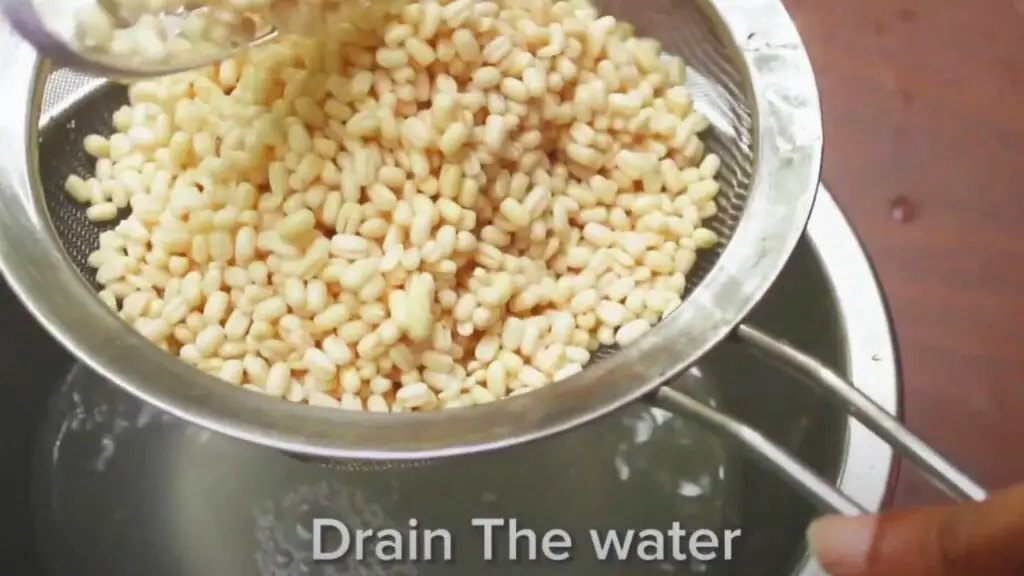
2. Make the Urad Dal Paste
Once the urad dal is soft and plump, pour it into a blender or food processor. Add two tablespoons of water and blend until you get a thick, smooth paste that looks slightly fluffy. Don’t worry if you see small chunks of lentils—the critical part is that the paste is easy to shape.
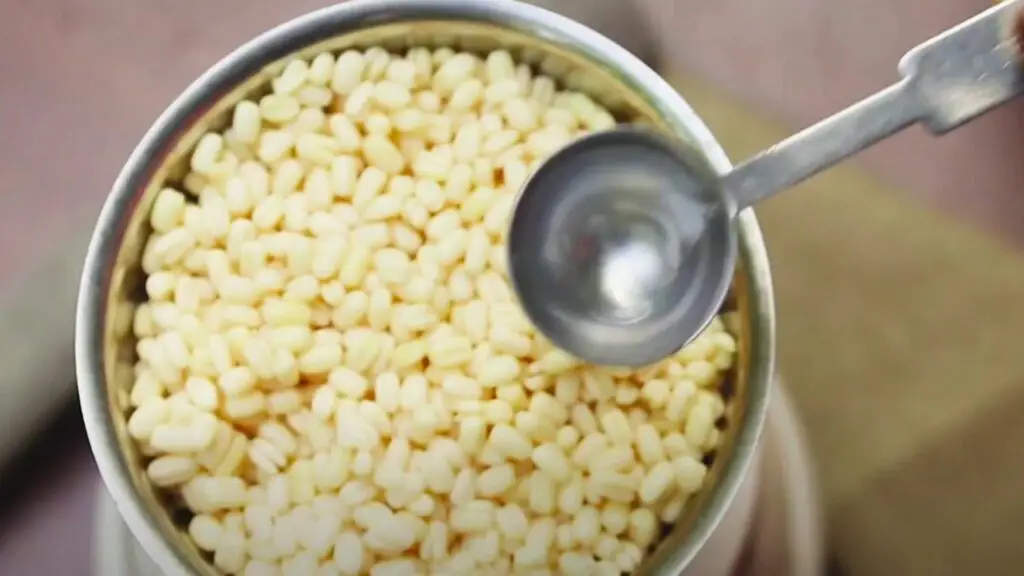
If you find it too thick to blend properly, add a bit more water as needed. However, be careful not to make it too runny—less water is always the best option. If you’re unsure about the texture, you can watch the video tutorial for a visual guide!
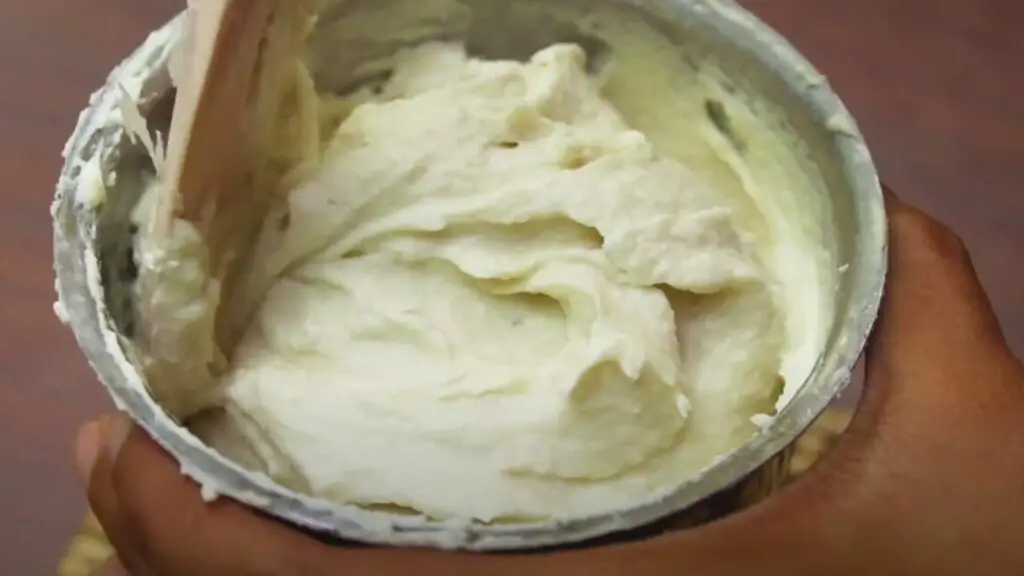
3. Time to Mix and Add the Basic Seasoning
Once you finish blending, use a spatula to scoop out the paste and pour it inside a clean mixing bowl. Immediately after, add the hing and salt for a truly savory donut, then give it all a good mix with the spatula until well-combine and smooth.
Afterward, clean the edges of the bowl with the spatula and cover it with a plate. Now, it’s time to let the mixture rest for at least ten minutes to help it set and absorb the flavors better.
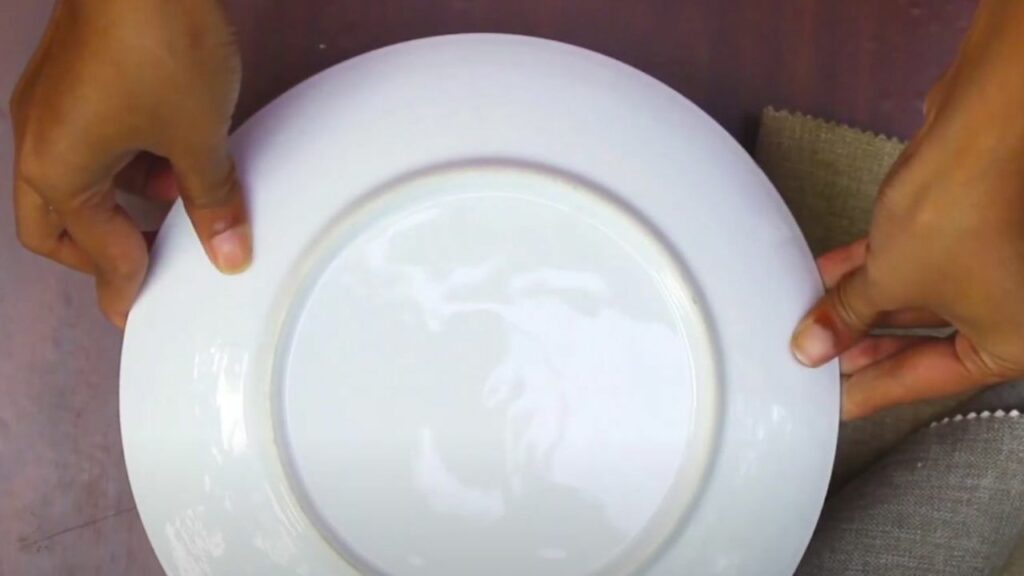
4. Mix Air into the Paste
After you’ve let the batter sit for ten minutes, grab a whisk or an electric mixer and whisk it energetically to incorporate air. How long it takes will depend on your mixing method, but you will notice the batter will turn lighter and fluffier.
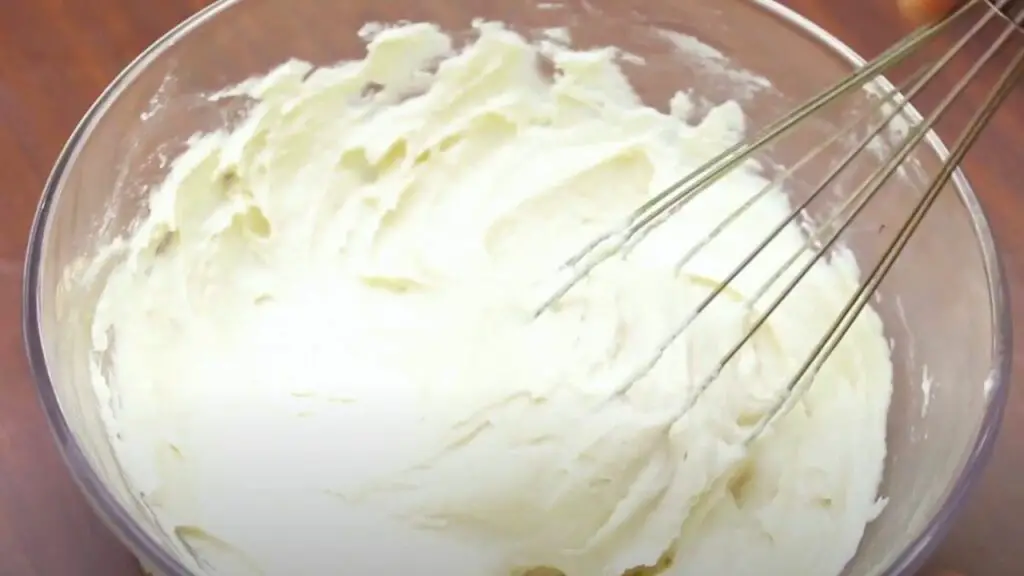
Deepali shared with me the perfect trick to figure out the ideal fluffy point: scoop a little bit of the batter and drop it in a glass full of water. If it floats, it’s good to go!
5. Incorporate the Add-Ons to the Batter
Once the batter is fluffy and airy enough, add the rest of the medu vada ingredients: rice flour, black pepper, jeera, green chili, ginger paste, and coriander.
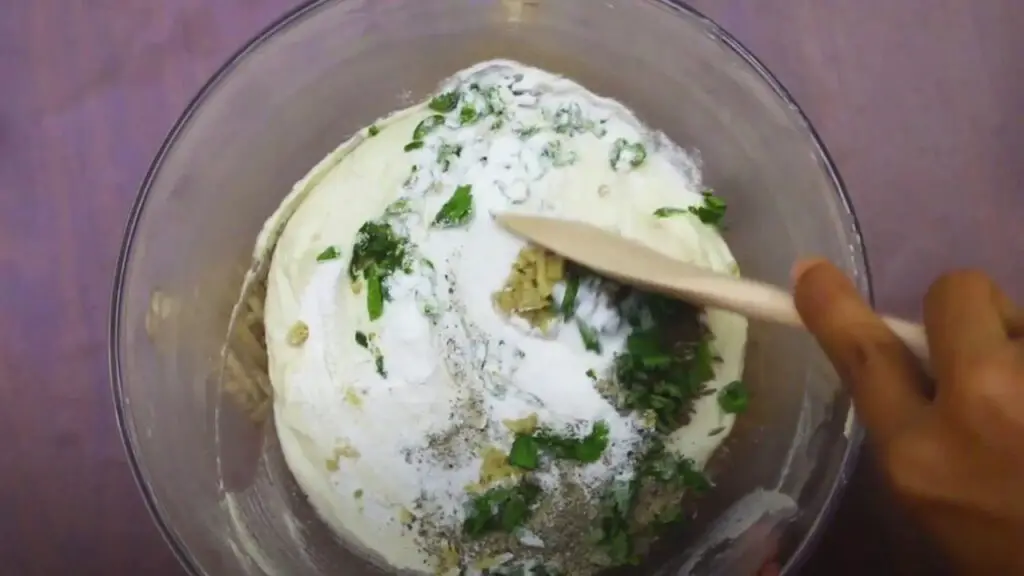
With the help of a silicon or wooden spatula, fold the ingredients into the batter and mix for one to two minutes or until just combined. Remember: we don’t want to lose the air we just incorporated, so don’t overmix!
5. Shape and Fry the Savory Donuts
Pour approximately two to three inches of oil on a medium-sized, heavy-bottomed frying pan. Heat the oil till it reaches 350-375°F (176-190°C).
While the oil heats up, dip your fingers in cold water to keep the dough from sticking to your hands and grab a small portion of the batter. Carefully roll it into a sphere and sink your finger in the center to give it a donut shape.
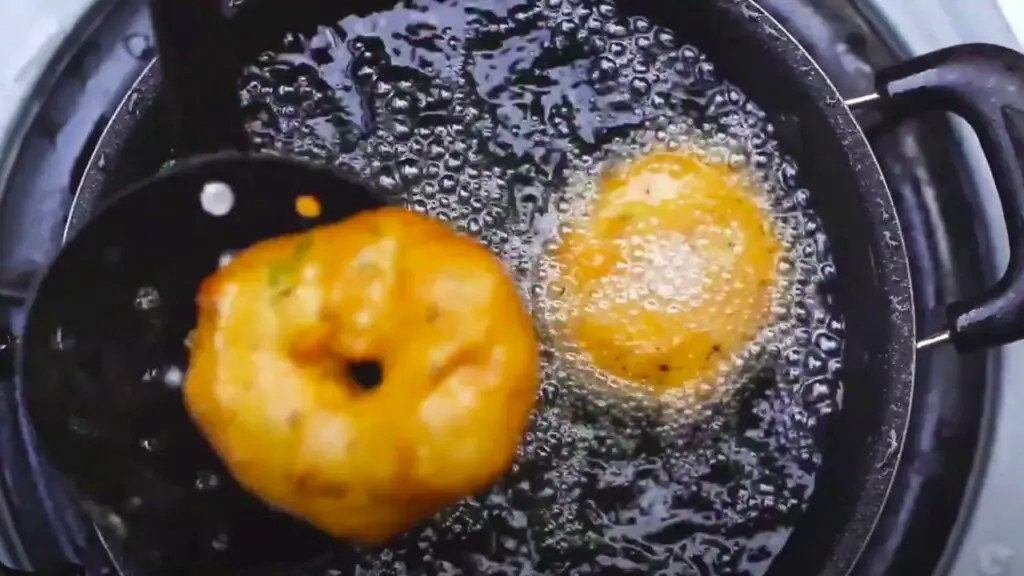
Place the donuts into the hot frying oil and deep fry for two to three minutes, flipping it until both sides turn a gorgeous golden-brown shade. Be careful not to overcrowd the frying pan, as the donuts may stick together or become difficult to flip.
6. Serve and Enjoy
After cooking, remove the medu vada from the oil and set them on a banana leaf or paper towel to absorb the excess oil.
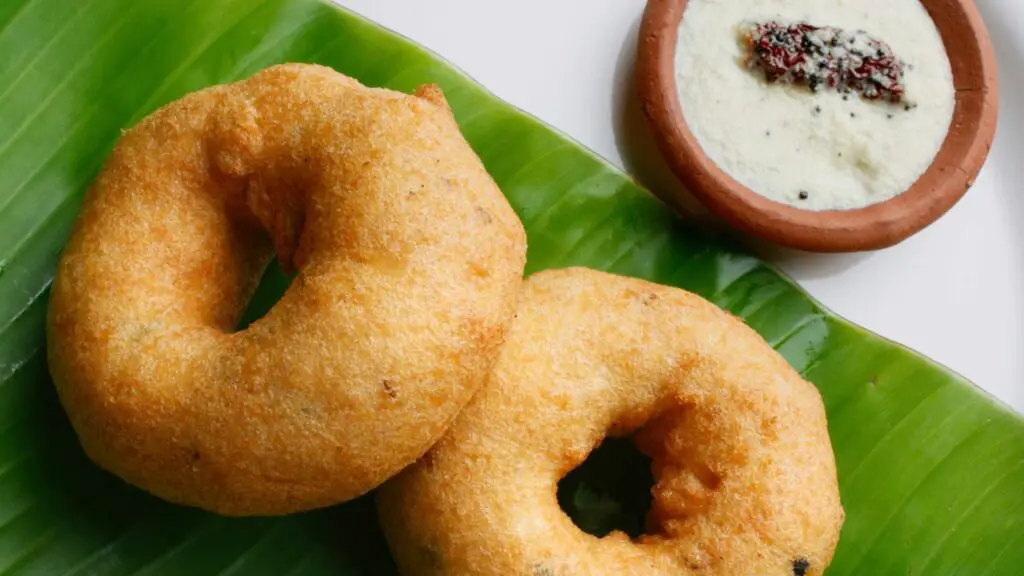
You can eat them immediately while hot or enjoy them warm alongside sambar, chutney, yogurt, or any other dip or side you prefer!
Suggestions, Tips, and Tricks
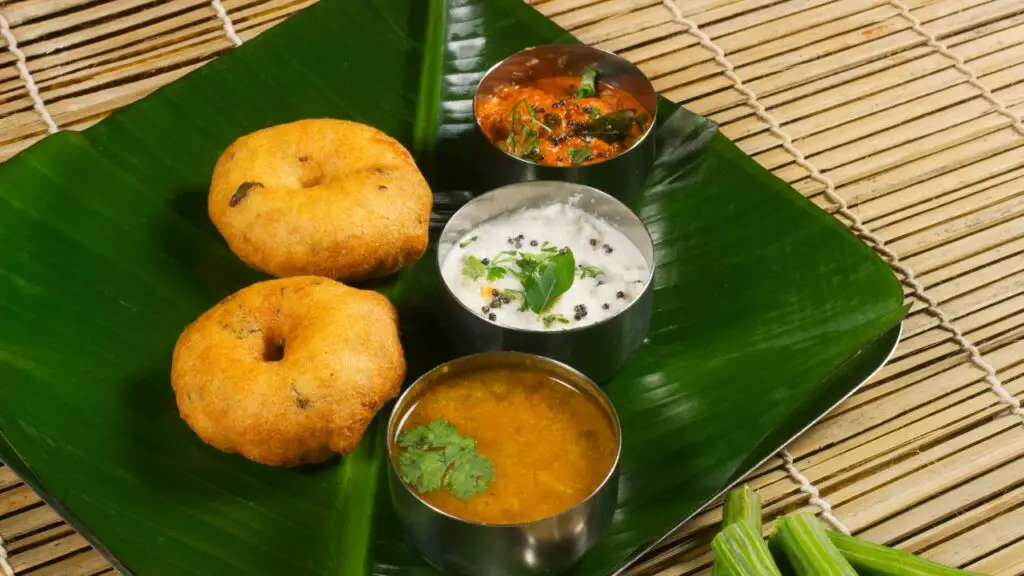
1. No urad dal? No problem: Urad dal is just lentils. If you can’t find premade urad dal, use whatever available lentils you have at hand. Ideally, they should be split and dehusked, but you can also use whole lentils—just be aware that the texture and flavor will be different.
2. Refrigerate the dough beforehand: If you have issues shaping or handling your batter, refrigerate it for at least two hours. Cooling the mixture will harden it slightly, making it easier to give it shape ahead of frying.
3. Season to taste: While Deepali’s recipe is mouth-watering, remember you can customize the seasoning and add-ons to suit your tastes. You can add finely chopped onions, garlic powder, or even cheese!
4. How to Fix Runny Batter: If you added too much water while blending the urad dal, it’s easy to fix. Just incorporate a few tablespoons of rice flour as you see fit. Continue until it reaches the desired consistency you see in the tutorial video.
Summary
This Medu Vada recipe recipe genuinely surprised me. It’s this nice mix of crunchy on the outside but still airy and soft inside, really capturing that authentic South Indian flavor. And honestly, it was pretty straightforward to make.
It’s got me excited to try more South Indian recipes. Stick around if you’re up for some tasty adventures—I’ve got some more flavorful experiments lined up that I think you’ll really enjoy: I Baked This Roast Paan Recipe And It Came Out Golden And Crunchy To Perfection!





